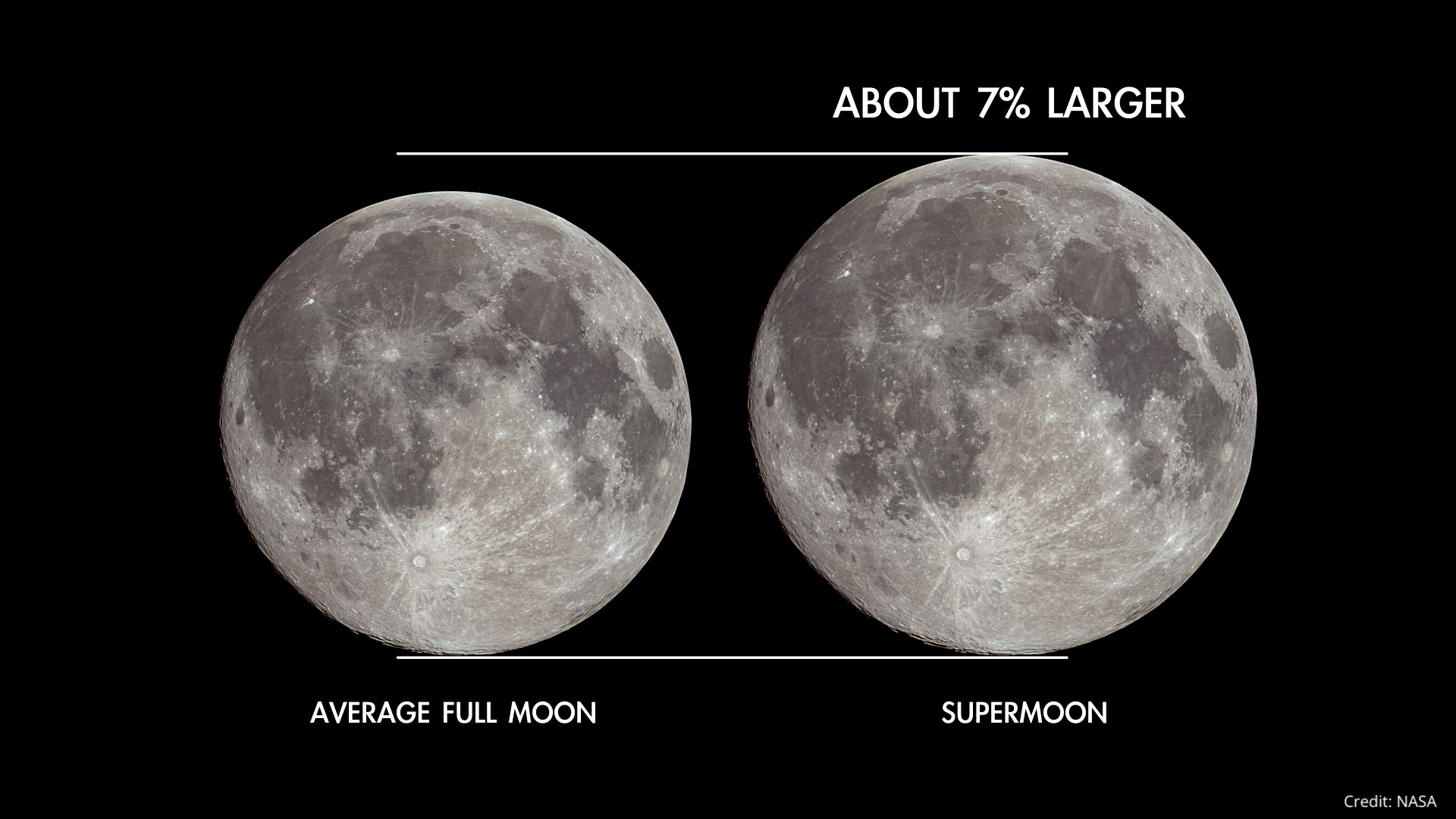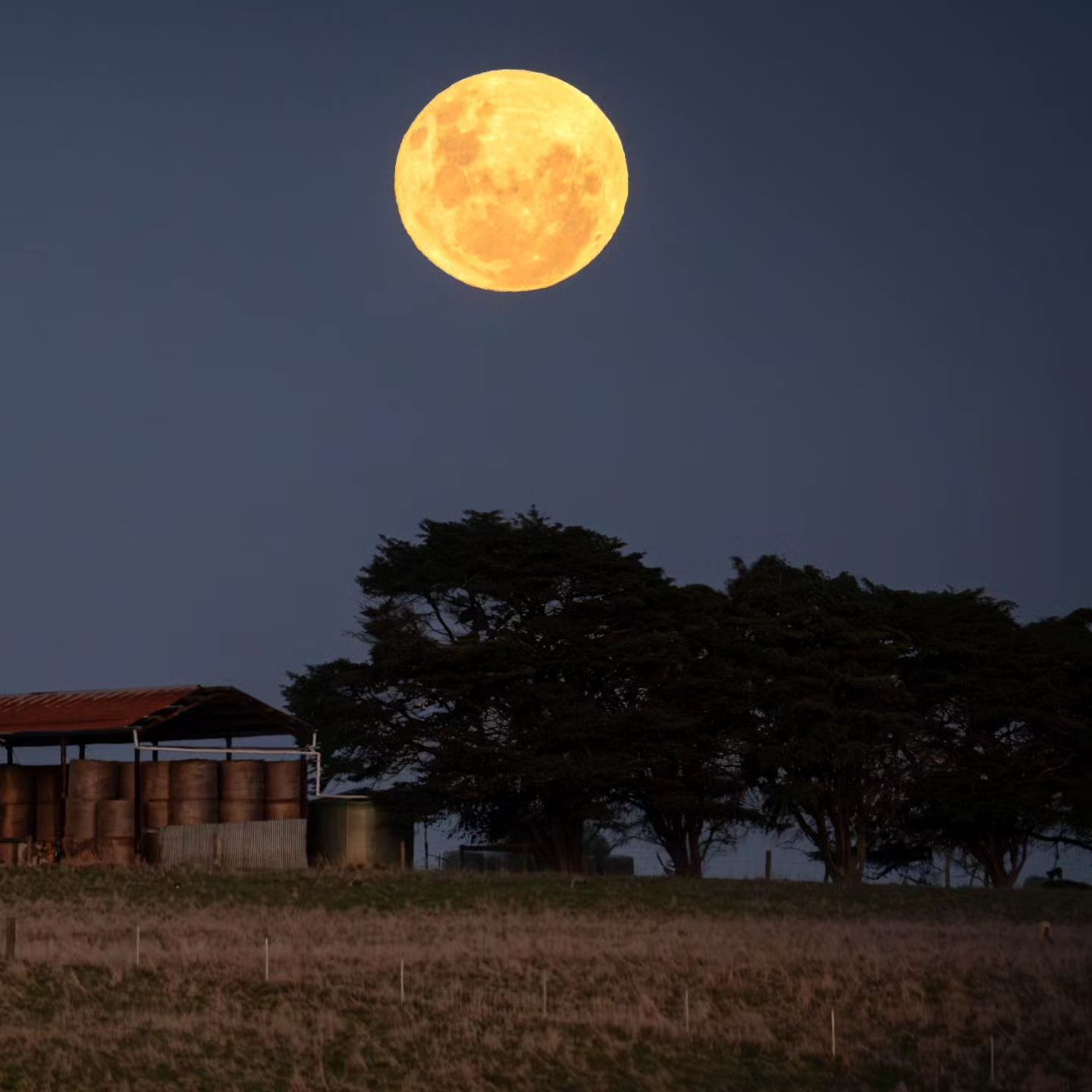Don't miss the last 'super blue moon' for 6 years
A rare combination of a blue moon and a supermoon will be visible from Australia later this month, offering the last chance to see a super blue moon until 2029.
The name ‘super blue moon’ simply refers to a blue moon that occurs at the same time as a supermoon. While none of these names are official technical terms in astronomy, they do refer to real phases in our moon’s cycle.
Blue moon – The modern definition is a full or new moon that occurs after another full moon in the same calendar month. The moon does not actually turn blue during a blue moon and should retain its normal colour, unless a lunar eclipse happens to take place at the same time (like 2018 – see the video below). Blue moons happen roughly once every 2 to 3 years, on average.
Supermoon – A full moon or new moon that occurs when the moon is near its closest point to Earth. Because the moon’s orbit is not a perfect circle, it moves closer and further away from Earth throughout the year. At its closes point to Earth (called the perigee), the moon can appear 12-14% larger than it does at its farthest point from Earth (called the apogee), and about 6-7% larger than an average full moon. Supermoons happen about 3 to 4 times each year.

Image: Comparison between the apparent sizes of an average full moon (left) and a super full moon (right).
Super blue moon – When a blue moon and a super moon occur at the same time. A super blue moon (or a blue supermoon) occurs around once per decade, on average, according to NASA.

Image: A supermoon seen from Phillip Island, Vic. Source: Sally Kirsch / Facebook
This month’s super blue moon will be visible from Australia on the night of August 31, 2023, clouds permitting. The next blue moon will occur in May 2026, while the next super blue moon will be in 2029.